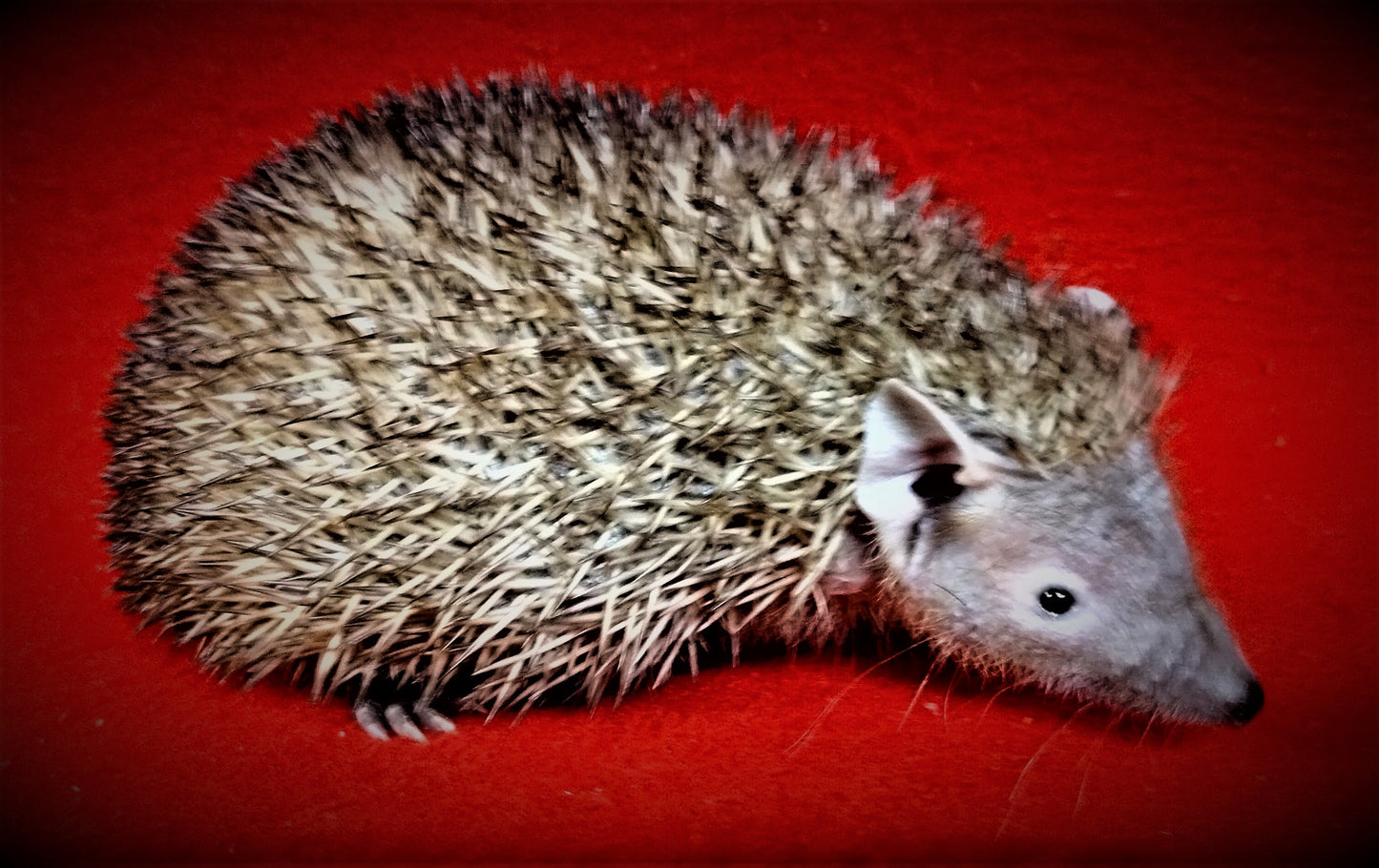Happy Rock Pets
Lesser Tenrecs
Lesser Tenrecs
You are not purchasing but reserving the animal.
No payment has been collected.
We will contact you shortly after you've processed the order to discuss pickup and/or transportation options and arrange for payment at that time.
Lesser Madagascar tenrecs are covered with spines, which range in color from white to black. Fine hairs cover their paws and bellies, and their tails are barely visible.
Lesser Madagascar tenrecs weigh 4 to 7 ounces (113 to 255 grams) and grow to between 5.5 and 7 inches (14 to 18 centimeters) in length. Lesser tenrecs are smaller than greater Madagascar tenrecs. In fact, the two species are not closely related.
Tenrecs are found in the arid regions of southern Madagascar, where they live in dry forests, coastal regions, scrub and semi-desert areas. To seek shelter, tenrecs make dens in tree cavities.
These tenrecs rely mostly on tactile and chemical communication, but can also make a few noises. When threatened, they roll into balls to protect their soft underbellies. They will also lunge backward to drive their spines into their enemies.
In the wild, lesser Madagascar tenrecs are opportunistic feeders; they will forage on the ground and in trees for invertebrates. They will also eat some other small animals, such as baby mice.
At the Smithsonian's National Zoo, they are fed dry insectivore diet and insects, such as mealworms.
Lesser Madagascar tenrecs go through torpor for three to five months during the cold season and begin mating when they emerge, usually in October. Torpor is a state of hibernation-like inactivity in the body, in which the animal's temperature, respiration, and heartbeat decrease to conserve energy.
Gestation lasts 61 to 68 days. Babies are usually born in the wet season, which is when the maximum amount of prey is available. Litters consist of one to ten young, though five to seven young are most common. The babies are relatively undeveloped when they are born, but become independent after only one month.
They are primarily active at night.
They can live for up to 8 to 10 years in the wild, and about 13 years in human care.
Couldn't load pickup availability
Share










